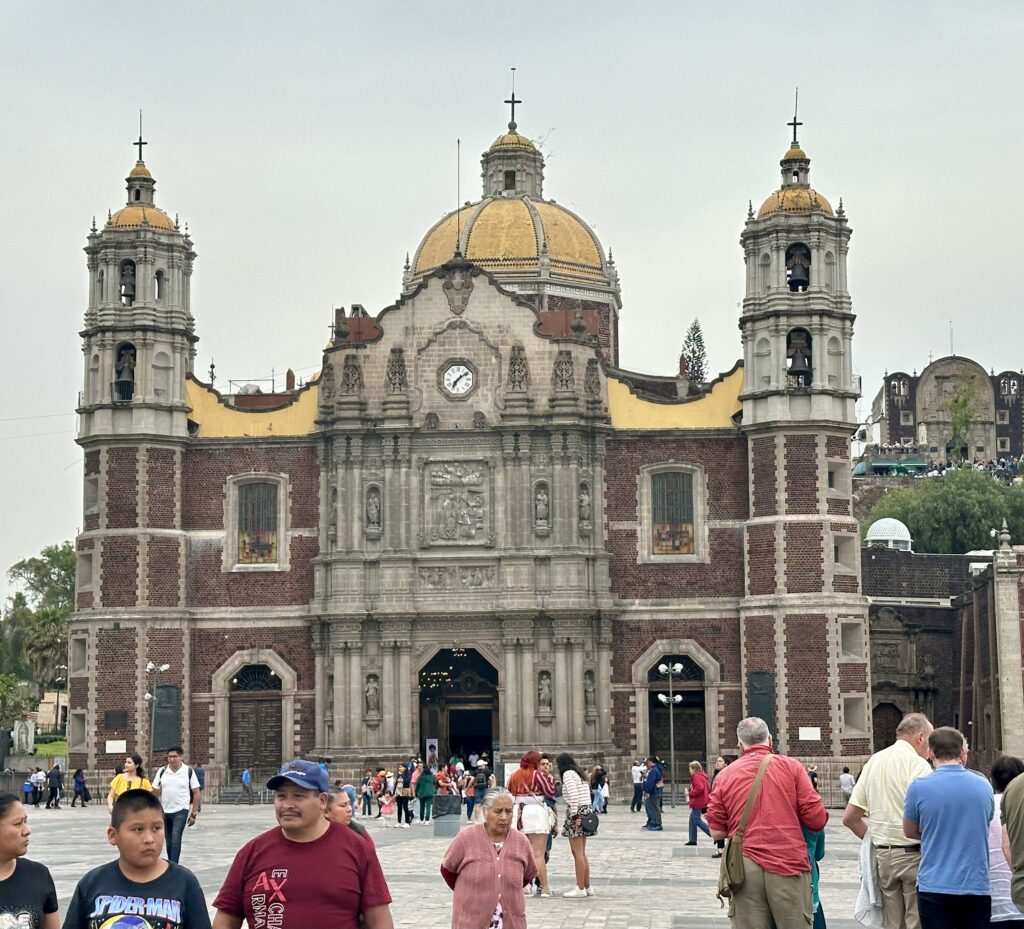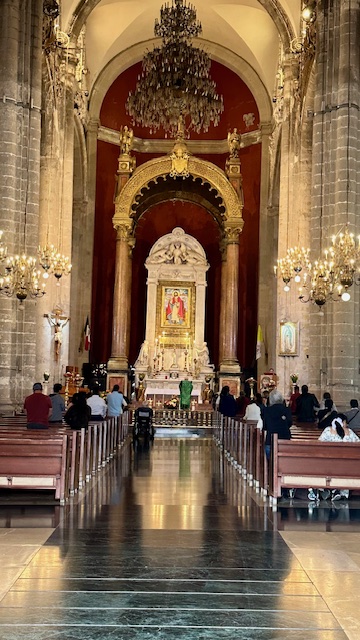Today we went on a viator guided tour to three of Mexico’s most popular historical attractions –
- Tlatelolco – Square of the Three Cultures (Plaza de las Tres Culturas)
- Obsidian Workshop near Teotihuacan
- Teotihuacan
- Lunch overlooking the Pyramid of Sun
- Basilica of Our Lady of Guadalupe
Our guide, Carlos, came promptly at 8:30 am to pick us up at a spot near our Airbnb. The Mercedes van we travelled in, had more than enough space for the 6 of us. Our first stop was at Plaza de las Tres Culturas in Tlatelolco.
Tlatelolco – Square of the Three Cultures (Plaza de las Tres Culturas) – This place is less than a 10 min drive north of Mexico City center. It takes its name due to the fact that it has a mix of buildings from 3 different periods – Aztec pyramids and temples, a Spanish church, and modern buildings. You can see the entire Plaza with the Aztec ruins and Spanish church as soon as you get off the car.

Tlatelolco, Archaeological zone – In 1337, 13 years after the founding of Mexico-Tenochtitlan (in 1324), a group of dissident Mexica people broke away from the dominant rulers of Tenochtitlan and founded México-Tlatelolco on the northern shore of the island. They wanted to be able to continue running their market, the liveliest, and eventually the biggest in Central Mexico and America. The Tlatelolco people, as they are known, sometimes allied with Tenochtitlan during conflicts. Tlatelolco was besieged by the Spanish in 1521. It was the site of the final battle between the Mexicas and the Spanish.
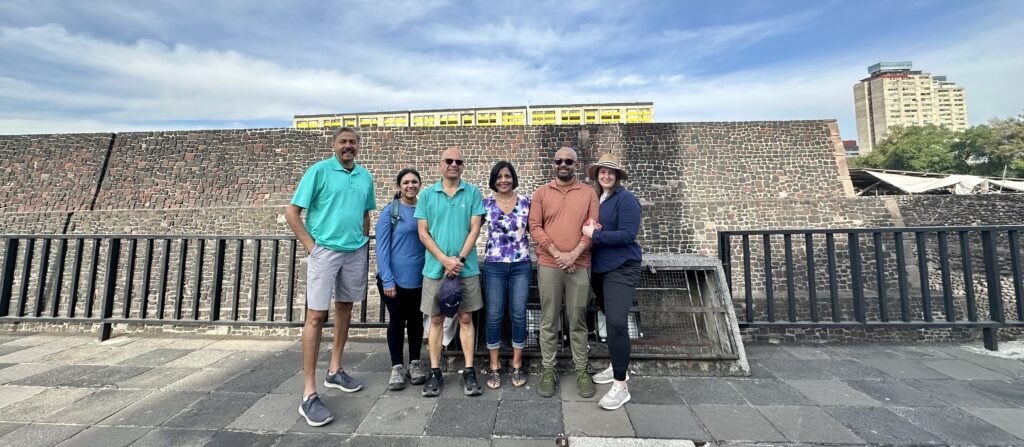
Tlatelolco, The Church of Santiago – was built on the site as a symbol of the Spanish conquest in 1521. This was the first cathedral built during the period of the Spanish trying to establish a new-found civilization in the Americas. The Santiago Tlatelolco spot is a first-rate example of the Spanish attempt to destroy the preceding culture and reinforce the Spanish ways of life. The church is clearly made of the recycled remains of the surrounding temples.
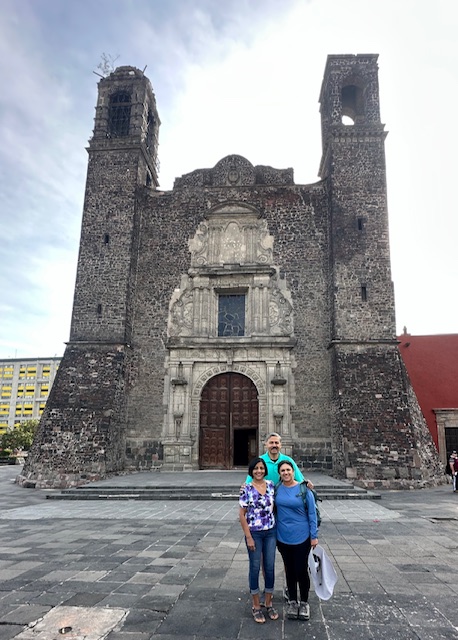

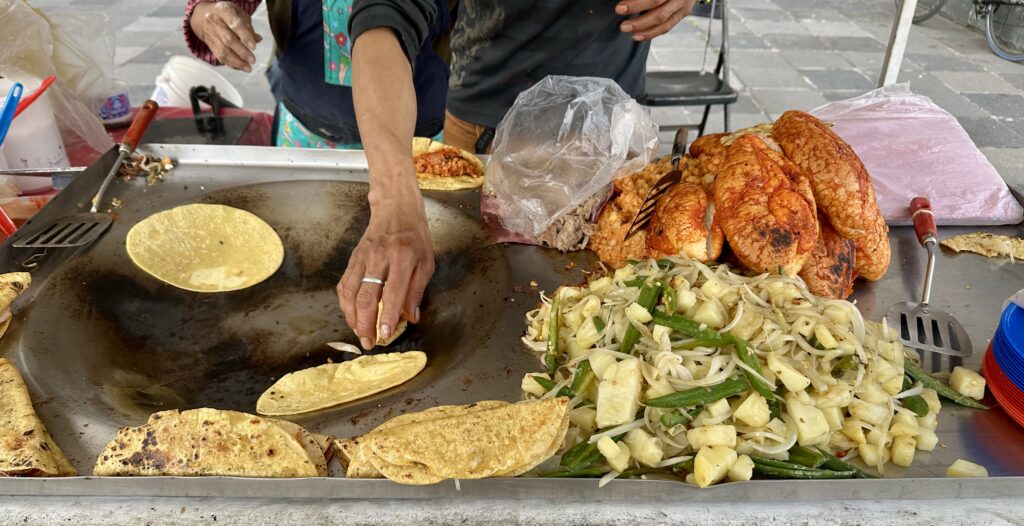
Obsidian Workshop near Teotihuacan – Obsidian is a naturally formed volcanic glass and has been an important and vital commodity in Mexico for thousands of years. In ancient Mexican culture, obsidian was called Itzli, which means the God of Stone and the obsidian mirrors were believed to provide a view into the invisible realms and a connection to the divine. Teotihuacan monopolized access to two nearby sources of obsidian, so they controlled most of the obsidian in the region.
We visited a workshop where a Teotihuacan artisans showed us how Obsidian is used to make a variety of objects like weapons, tools, knives, masks etc. Many of the objects made here are a copy of relics found in Museum of Anthropology.

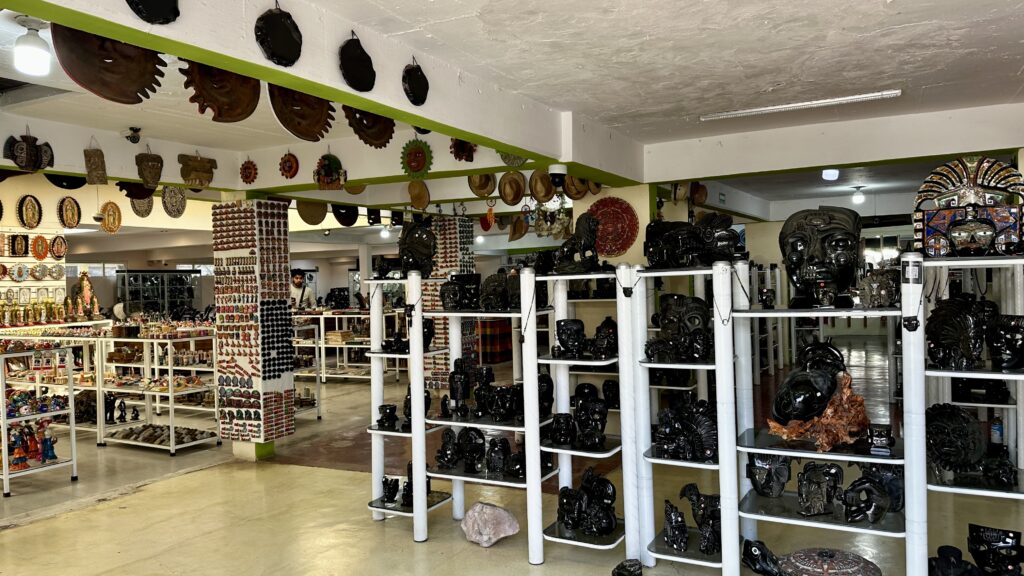

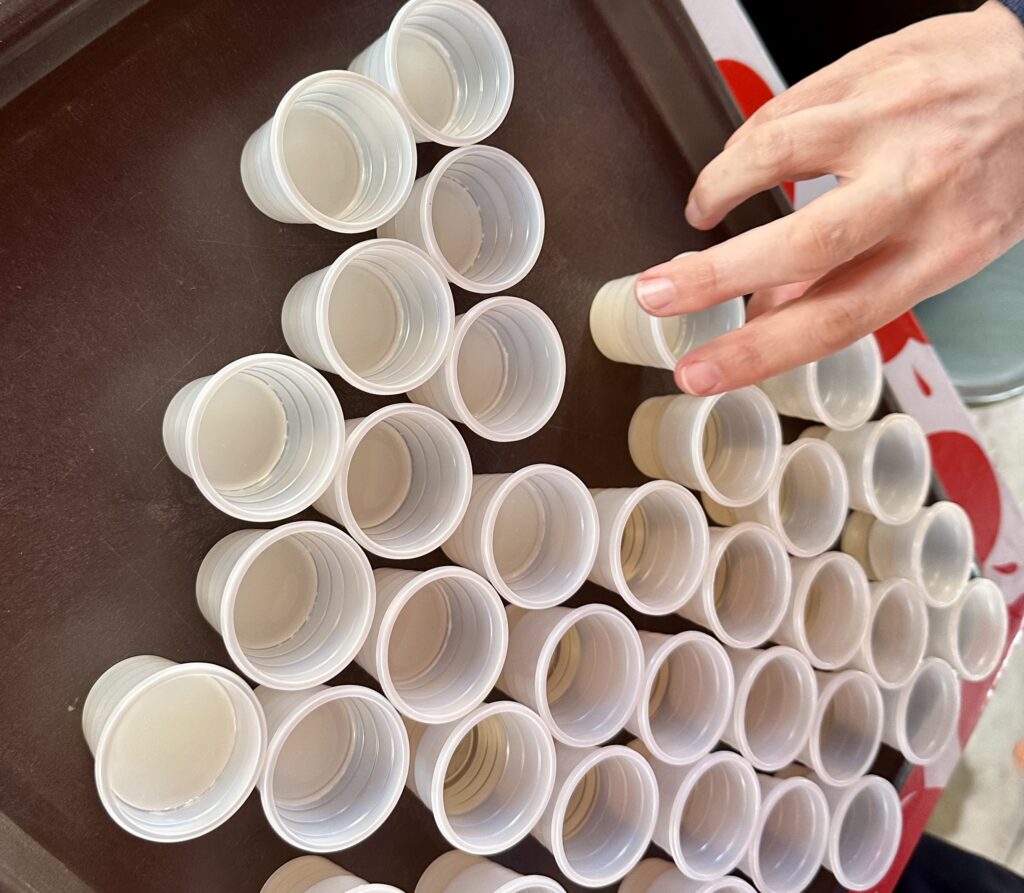
Teotihuacan – This archeological site is just 30 miles north of Mexico City and a 5 min drive from the place of Obsidian workshop. Teotihuacan is one of the most historically significant sites in Mexico City and is a UNESCO World Heritage Site that tells a lot about the birth of Mexico. The ancient site, was settled around 400 BCE and rose to be one of the most powerful cities in the region. In the 15th century, the Aztecs claimed the city, naming it Teotihuacan.
Today what remains of Teotihuacan’s eight square miles include the iconic Pyramid of the Sun, Pyramid of the Moon, Palace of Quetzalpapálotl, and Avenue of the dead. The Pyramid of the Sun is the largest structure in Teotihuacan and faces west, measuring roughly 720 feet by 760 feet. The pyramids and all the buildings here were built from tezontle, a red volcanic rock and andesitic rock (dark greyish in color), which was transported from nearby areas. We spent 2-3 hours and explored the main sites with our guide.
Note : We were not allowed to climb on top of any of the pyramids.
Teotihuacan, Cactus – The prickly pear cactus, also known as nopal, is a prominent cactus in and around Mexico City. It’s a staple of the local diet and has been an important part of Mexican culture since the time of the Aztecs. There were huge patches of the cactus as we entered this area.
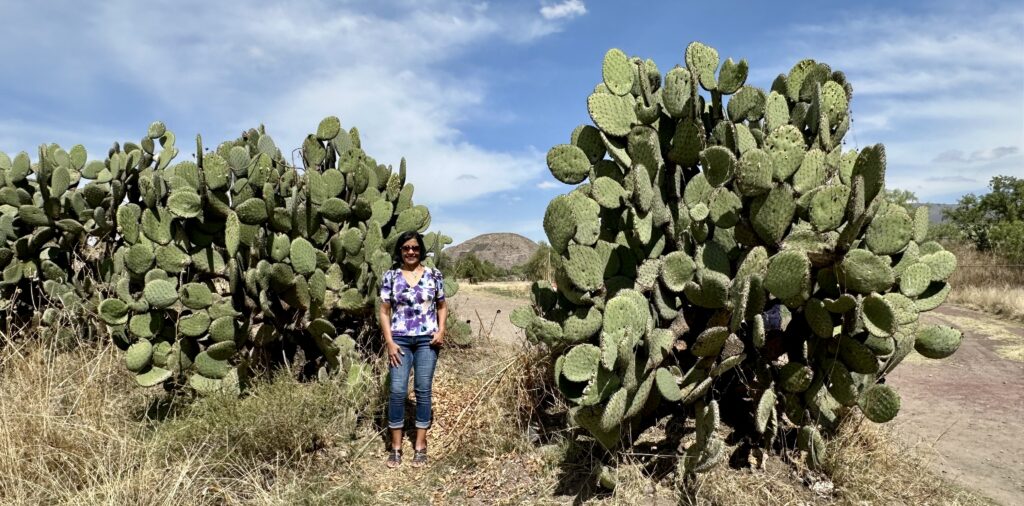
Teotihuacan, Pyramid of Moon – We entered at Gate 1, the main entrance which first leads to Pyramid of Moon. The primary function of the Pyramid of the Moon was religious. This is where sacrifices, human and animals of many species were dedicated to the ‘Great Goddess’. Archaeologists have found a great number of sacrificed remains in the foundations of the pyramid.
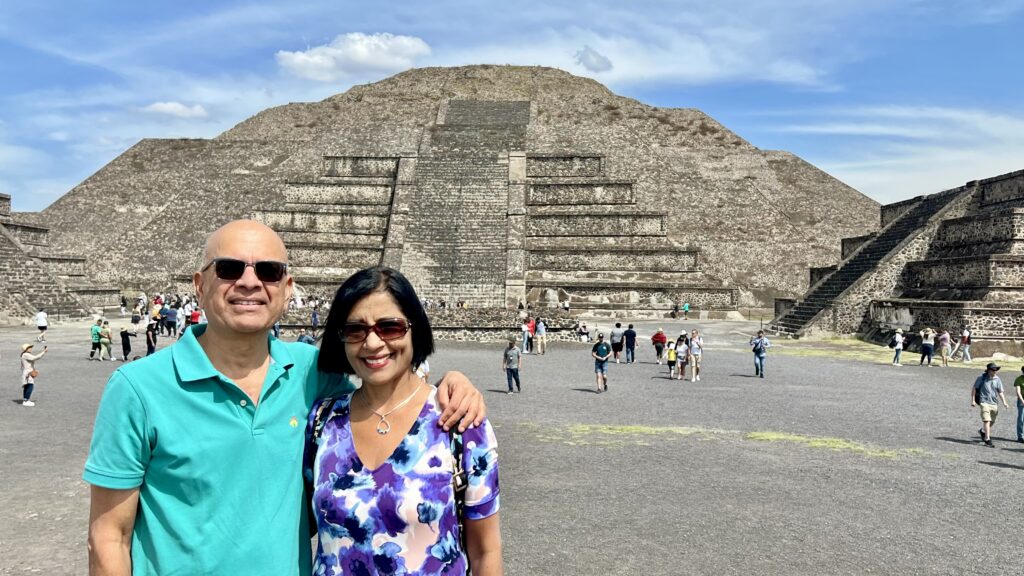
Teotihuacan, Palace of Quetzalpapálotl (or Palace of the Butterflies) – The main entrance to the palace faces the Avenue of the Dead and is southwest of the Pyramid of Moon. The existing structures were built around 450 to 500 AD. These buildings were built over earlier structures from around 250 to 300 AD. Due to the location of the palace and the quality of its art, it is thought the complex was home to a high ranking priest or other dignitary. The complex may have also been used for ceremonial purposes.
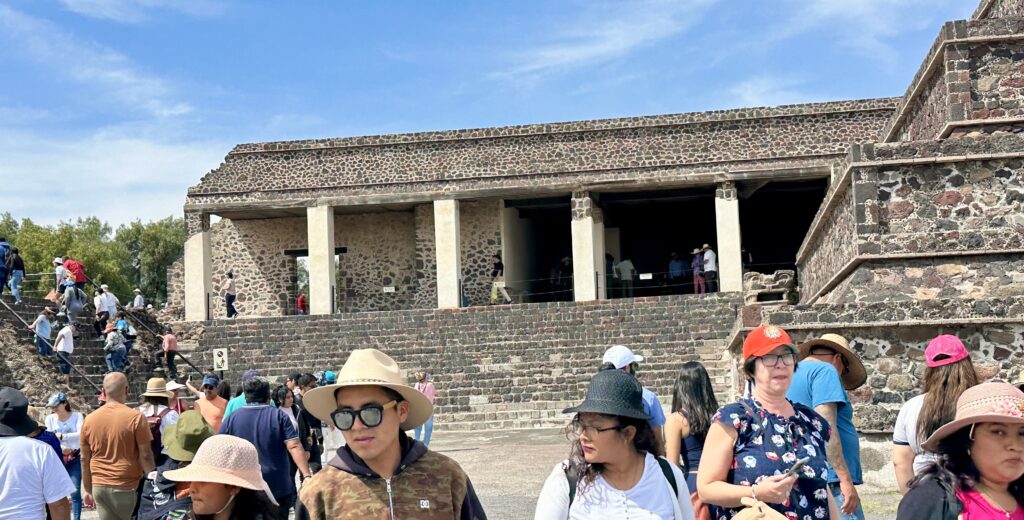
The palace takes its name from the images found upon the restored courtyard pillars which, when discovered in 1962, were thought to be of Quetzalpapálotl – the “feathered-butterfly”.
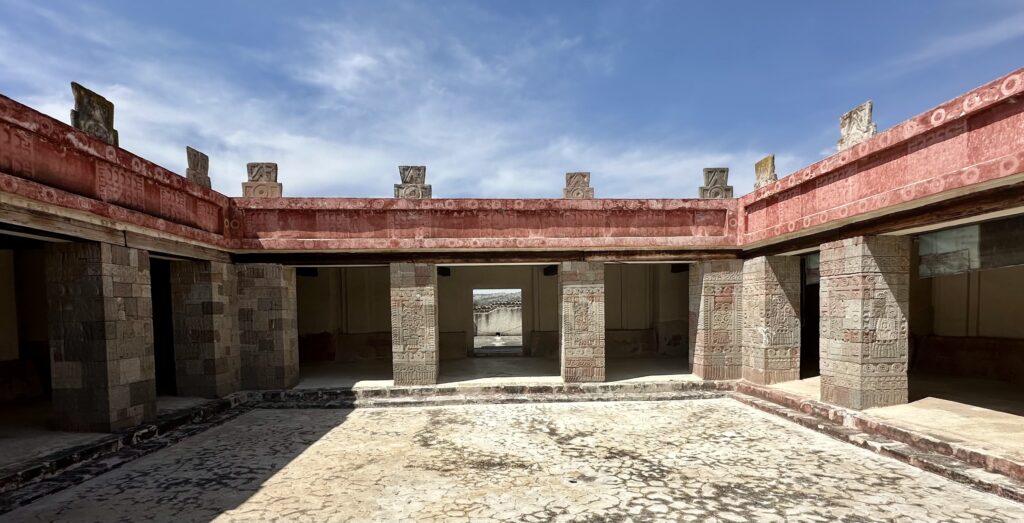
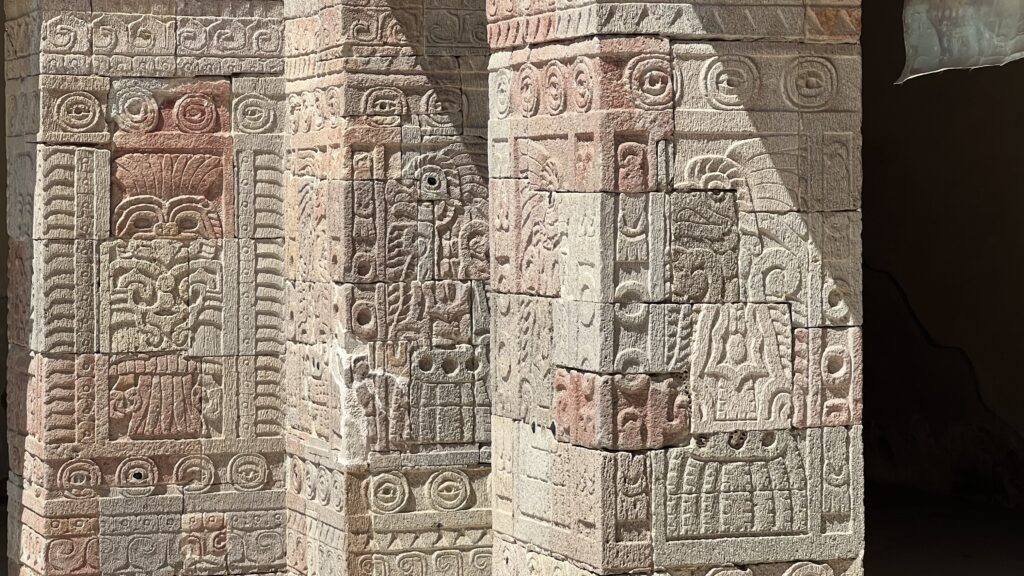
Teotihuacan, Palace of the Jaguars – Our guide then took us to a courtyard located behind and below the Palace of Quetzalpapálotl.
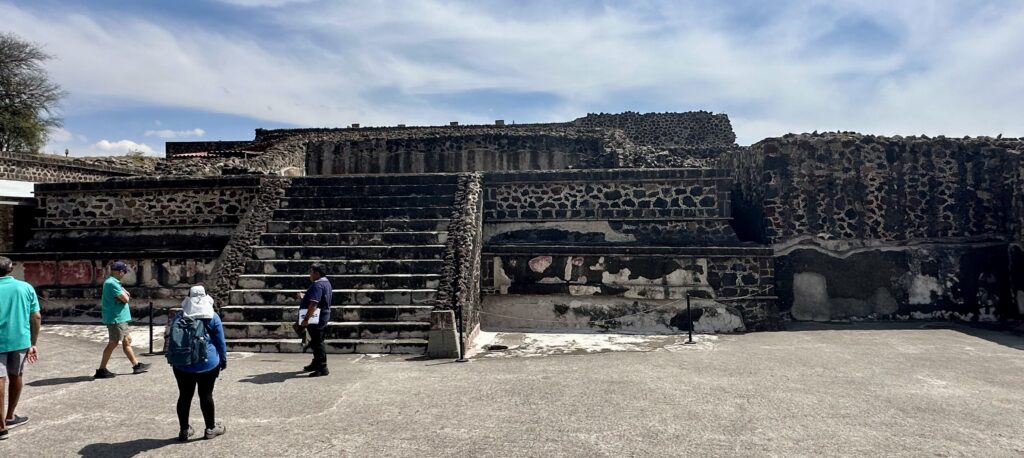
On one end of the courtyard was the Palace of Jaguars which features murals of Jaguars blowing conch.
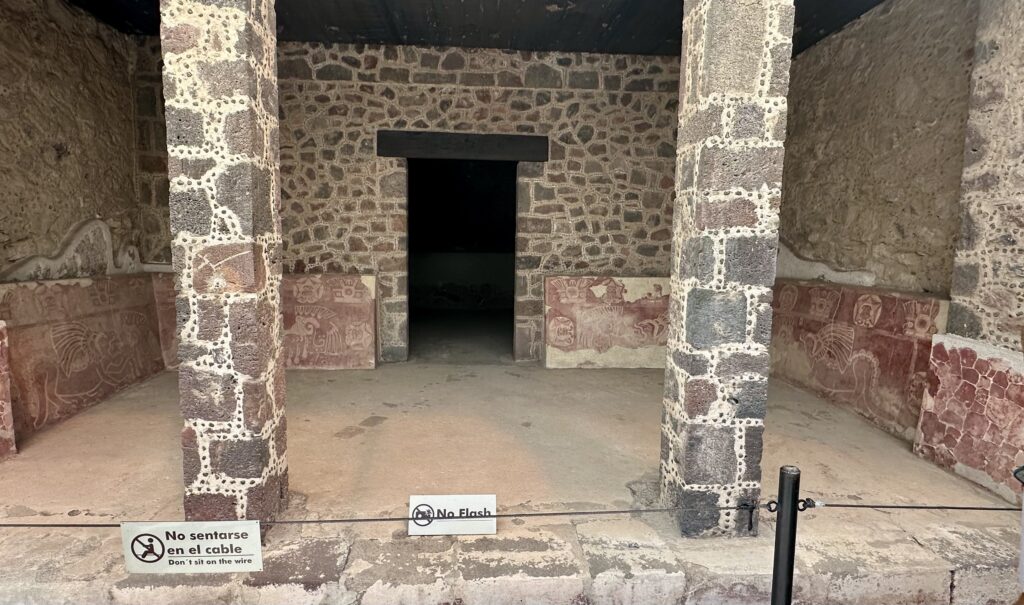
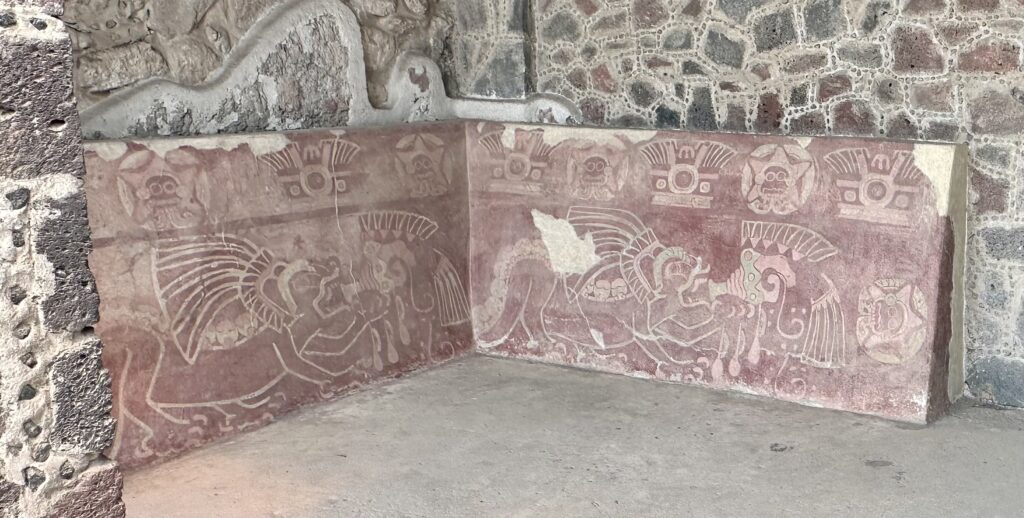
Teotihuacan, Temple of the Feathered-Conches – From the Palace of Jaguars we went down to the Temple of the Feathered-Conches which dates back to 200AD and was buried beneath the Palace of Quetzalpapalotl in its entirety until archaeologists discovered it intact.
The base of the temple had a room with multicolored murals on the walls. One of the murals was titled Green bird Procession – From their beaks streams water curving toward 3-petaled yellow flowers.
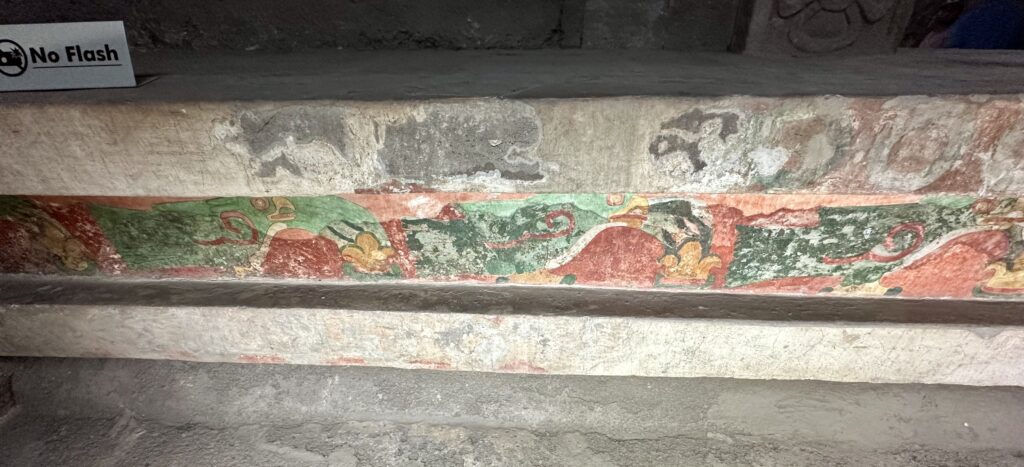
Teotihuacan, Avenue of the Dead – The city is laid out in a grid pattern with one main thoroughfare dividing it in half. The Avenue of the Dead runs for more than two miles, starting (or ending) at the Pyramid of the Moon depending on from where you enter. The thoroughfare is named “Avenue of the Dead” because the Aztecs who first came to the site believed that the structures lining the avenue were tombs; the actual purpose of the avenue remains unknown and may not have been related to death at all.

Teotihuacan, Pyramid of Sun – We walked along the Avenue of the Dead to the Pyramid of Sun which was at a distance of 1km from the Pyramid of Moon. The Pyramid of the Sun is the largest building in Teotihuacan and the third largest in the world, and one of the largest in Mesoamerica. It is believed to have been constructed about 200 AD. The walk around the base (894 m) will take 15-20 minutes. Giza pyramid in Egypt had a perimeter of 920 m. Like the Pyramid of Moon, archeologists believe that the temple would also have served ritual and symbolic purposes.
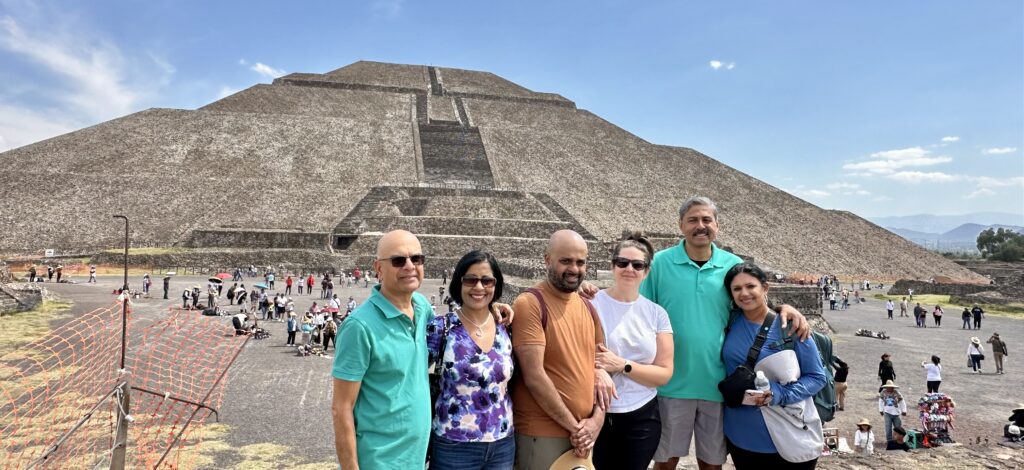
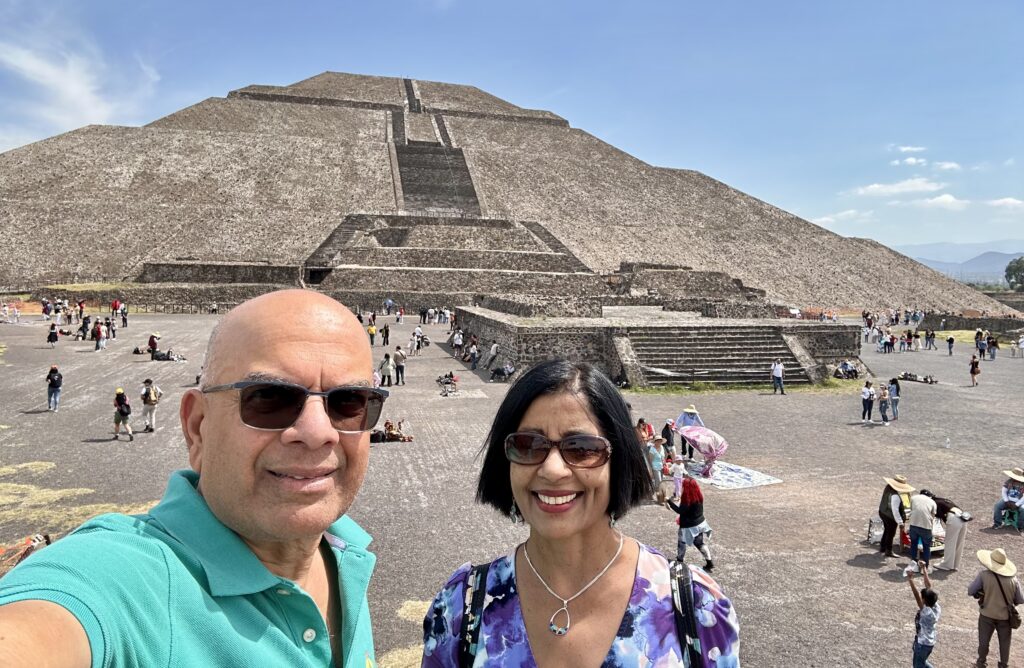
After we explored the Pyramid of sun, we walked out of the archeological zone by taking a path to the left of the pyramid and to the back.
Note : After exploring the Pyramid of Sun, if you continue walking on the Avenue of the Dead for another 3.5 km, you will come to Teotihuacan’s Ciudadela or Citadel. We did not have time to visit this part of the archaelogical zone, but it is certainly worth spending time doing so.
Lunch – Our next stop was lunch at a restaurant overlooking the Pyramid of Sun.
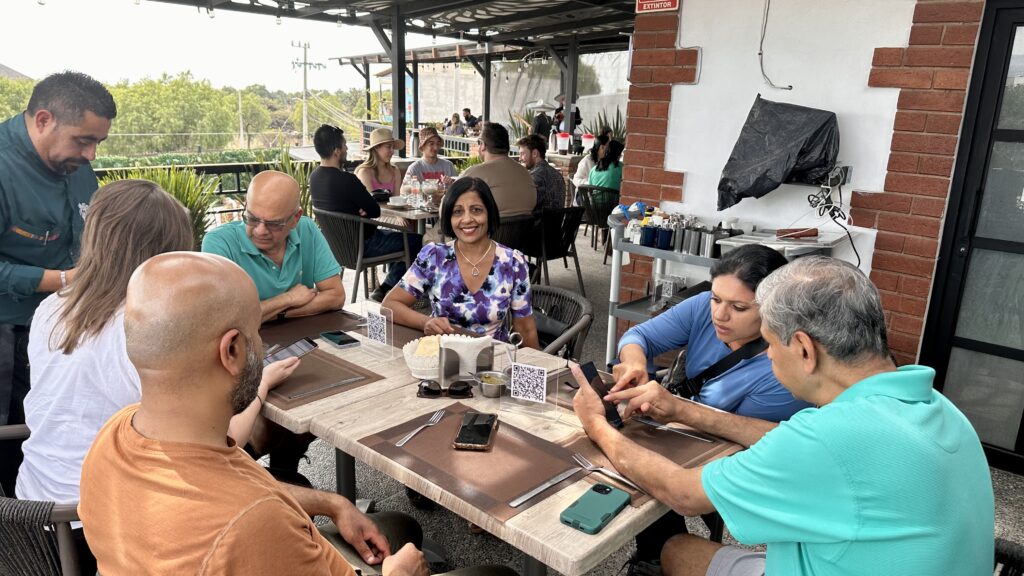
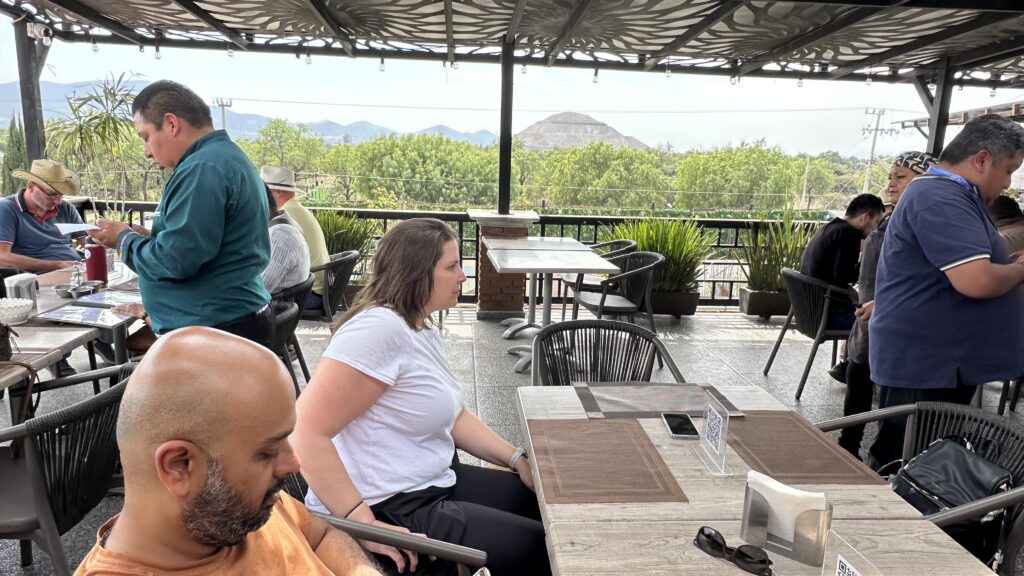
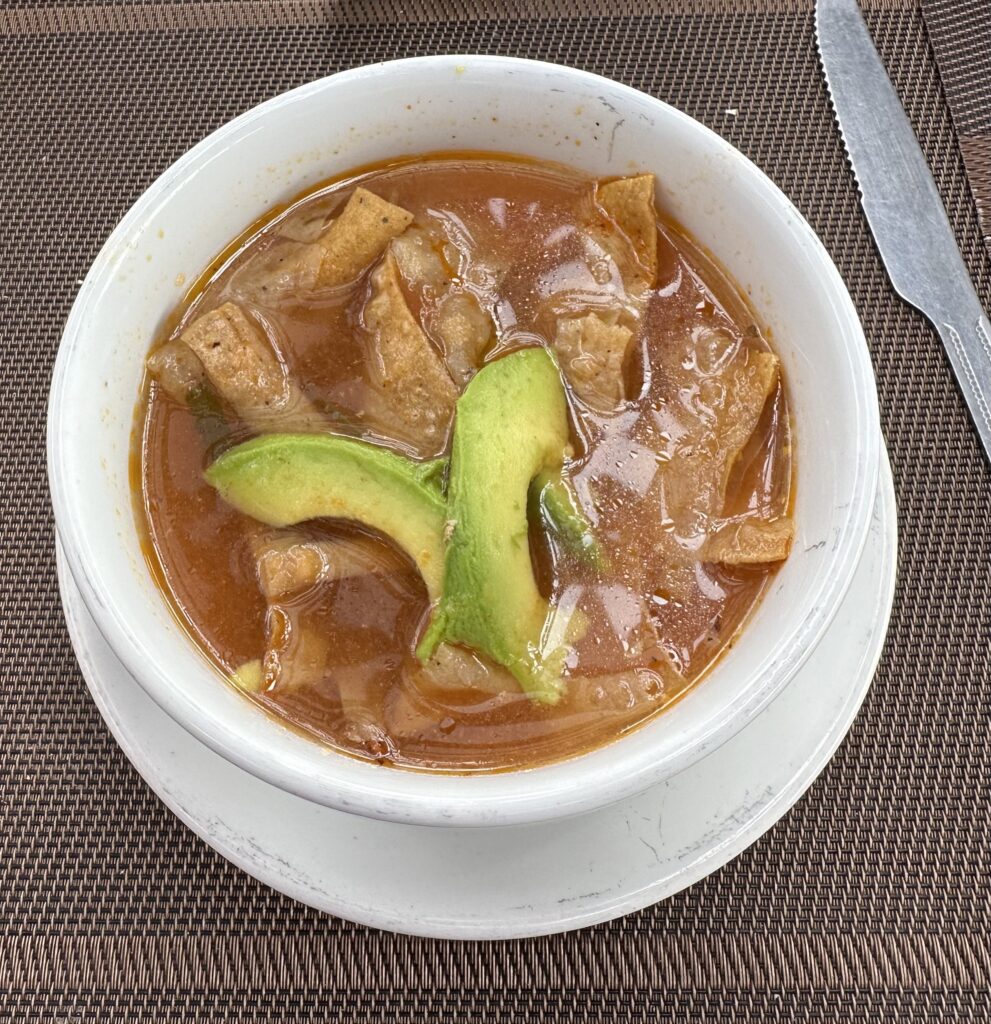
Basilica of Our Lady of Guadalupe – After lunch we were driven to our final attraction of the day – Basilica of our Lady of Guadalupe. Said to have attracted its first pilgrims when it opened in 1531, the Roman Catholic Basilica of Our Lady of Guadalupe (Basílica de Nuestra Señora de Guadalupe) attracts millions of visitors and worshipers each year, particularly during the Feast Day each December 12th.
The story of Our Lady of Guadalupe – On December 9, 1531, in Mexico, Our Lady appeared to Juan Diego, a poor humble Aztec Indian who had recently converted to the Catholic faith. She asked him to go to the Bishop and tell him to build a church where she said she would offer her love, compassion, help and protection to the people. Juan Diego did as she asked, but the Bishop asked for a sign that this message was really from Our Lady. Mary granted his request. On December 12, she showed Juan where the most beautiful Castilian roses can be found and told him to gather them. It was a miracle that the roses were there and in bloom because there was frost on the ground and in an infertile place where only cactus and thistles grew. After he gathered them, she helped arrange them in his tilma, or poncho, and told him to show them to the Bishop. When he brought them to the Bishop, the Bishop was amazed at the roses, but was even more amazed at what began to happen to Juan Diego’s tilma. Right before their very eyes, the image of Our Lady began to form on the cloth. The picture of Mary was beautiful and the Bishop fell to his knees. He had the church built at her request. The tilma is still intact after 470 years. The colors have not faded and the cloth has not deteriorated. It has been on display in the Basilica of Our Lady of Guadalupe since.
When you first walk through the main complex gates, you will be struck by huge open space of Plaza Mariana. This vast plaza is home to 6 churches including the New Basilica of Guadalupe (modern basilica) where the picture of Lady of Guadalupe is located.

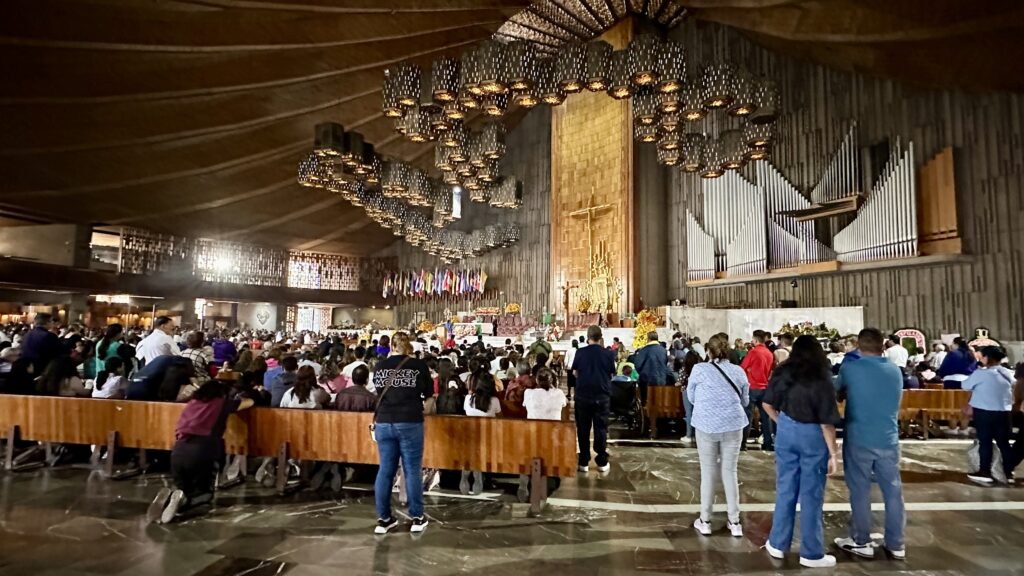
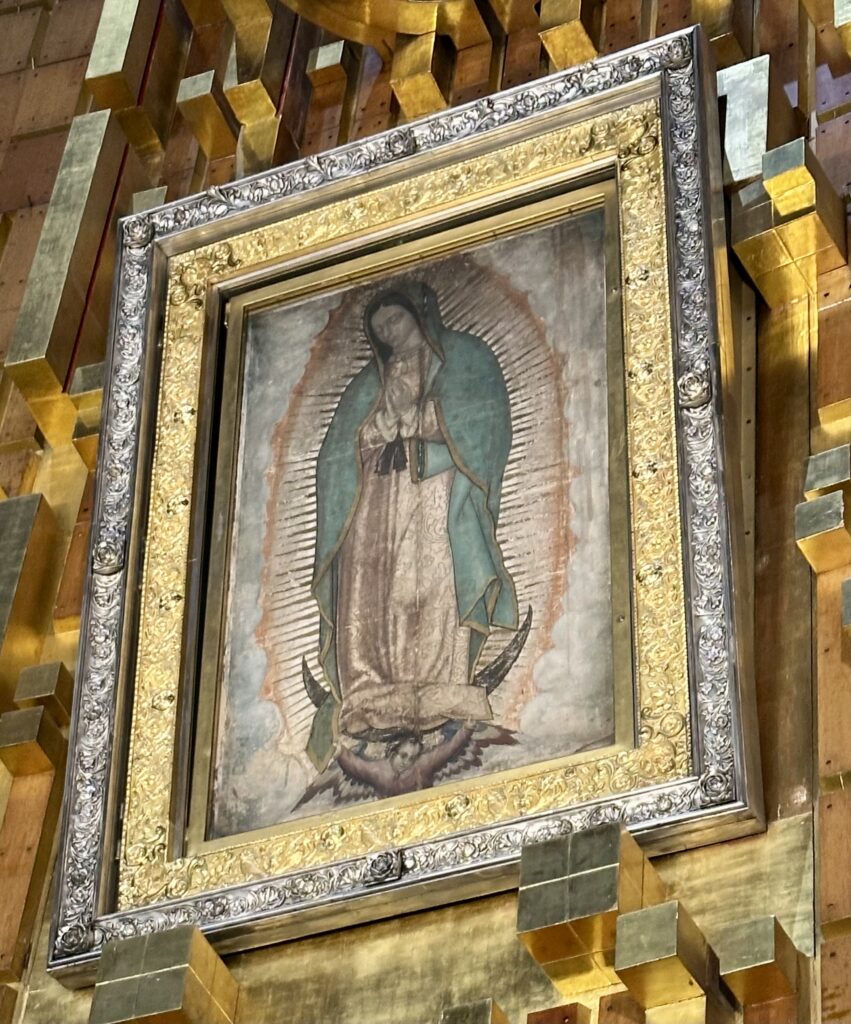
Here is a picture of the other 5 churches, the church marked #1 was where the first apparitions of Our Lady of Guadalupe happened.

Capilla del Cerrito (Church marked 1) – It is the parish where the miracle of fresh flowers and the first of the apparitions of Santa María de Guadalupe are remembered. A first chapel was built on the Tepeyac hill in 1666 by the will of Cristóbal de Aguirre and Teresa Pelegina. Around 1740, Father J. de Montufar ordered the construction of the current temple, next to which the chaplain’s house was built.
To reach this church which is at the top of Tepeyac Hill, You have to walk past the side of Church 5 (Old Basilica of Guadalupe) and then climb up a a set of stairs behind. At the top, you also get a beautiful view of the city and the area around.
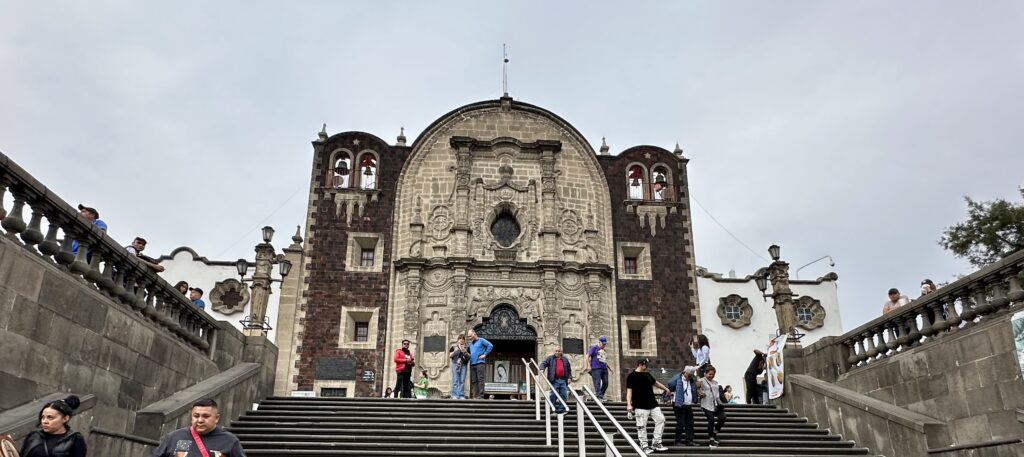
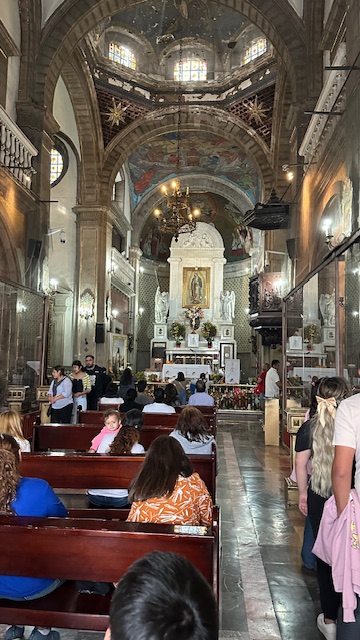

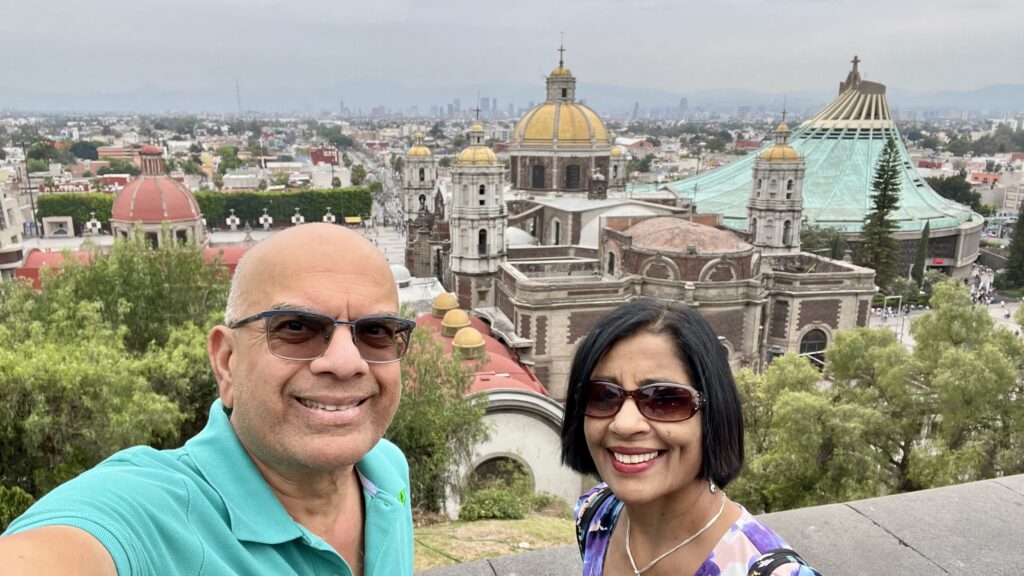
After visiting the first church, we walked down to Churches 2 and 3 which were within a few yards of each other. We went past some beautifully manicured garden and fountains.
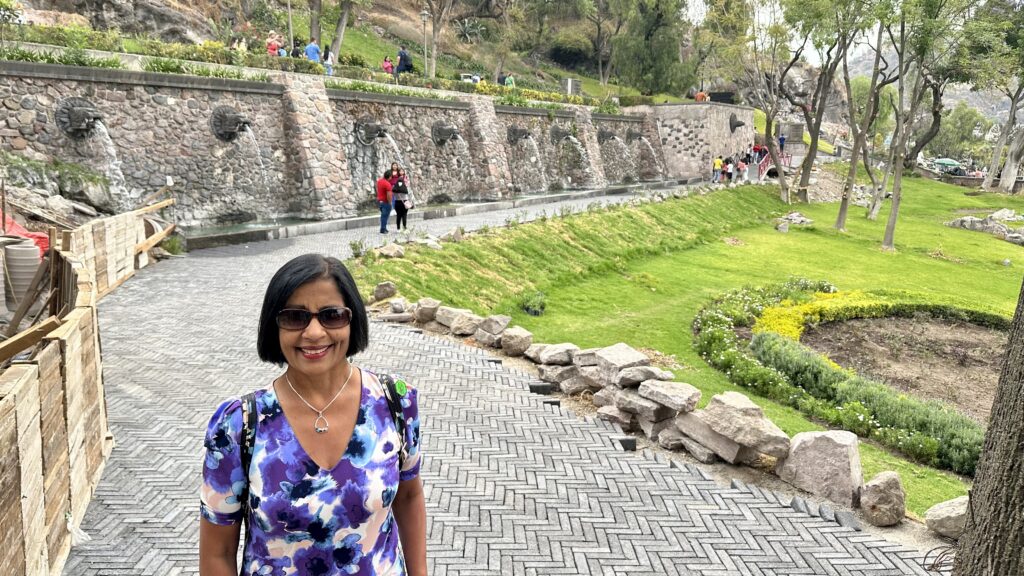
Capilla de Indios or Indian Chapel (Church marked 2) – It is a church built in 1649 and housed the image of Our Lady of Guadalupe from 1695 to 1709. The name is due to the fact that this chapel was originally built for the cult of the indigenous population to the Virgin. From 1531 until his death in 1548, Juan Diego lived in this place (and his relics or remains are kept in the same place), in charge of taking care of the first place of worship
Capilla del Pocito (Church marked 3) – Temple located near the eastern slope of the Tepeyac hill. It was built from 1777 to 1791. It was built on a well of water considered miraculous, so pilgrimages to the place soon began. A large number of sick people drank and washed their wounds on the same site, so it soon became a focus of infections. To control the epidemics, direct access to the well was prevented and a simple roof was built, but the pilgrimages continued. By 1777 the decision was made to build a temple on the site.
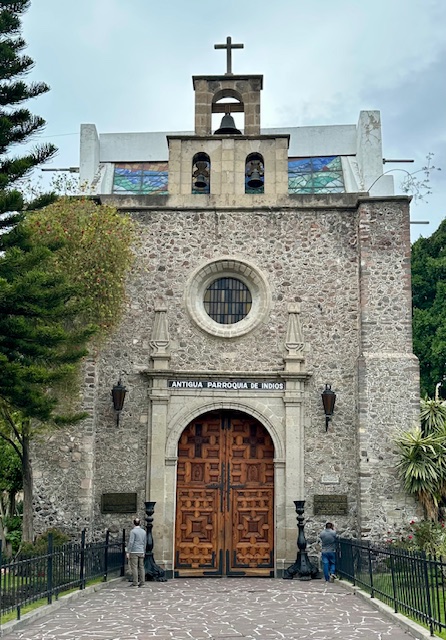

Temple and Convent of Las Capuchinas (Church marked 4) – The Convent and Parish of Santa María de Guadalupe – Capuchinas is a temple located on the eastern side of the complex and was built between 1792 and 1797, it was occupied by Capuchin mothers of Our Lady of Guadalupe. Due to the instability of the subsoil, the building was suffering from differential subsidence, so it had to be intervened between 1976 and 1982 with control piles, correcting the sinking of the temple, although the convent still finds itself sinking.
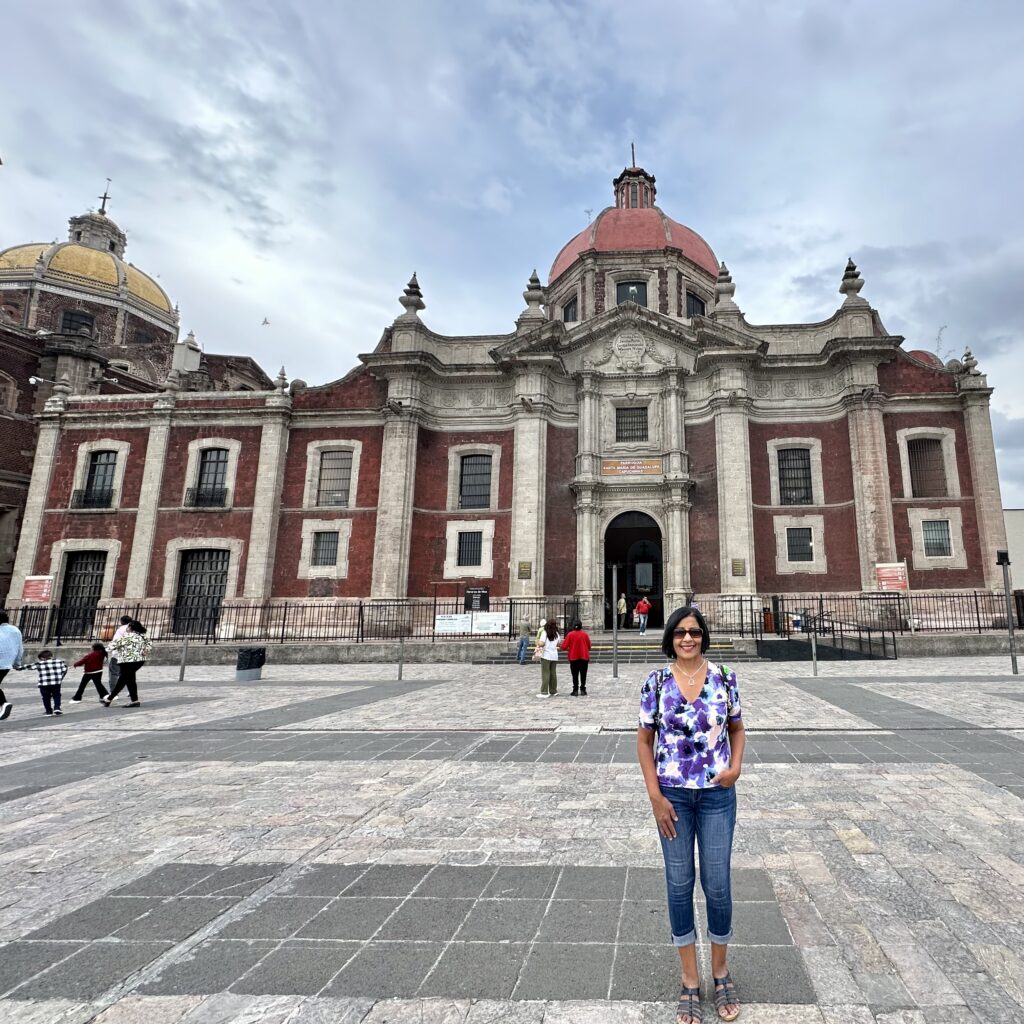

Templo Expiatorio a Cristo Rey (Old Basilica of Guadalupe) – Its construction began with the laying of the first stone on March 25, 1695, and ended in April 1709. It underwent many restorations at the beginning of 19th century.
